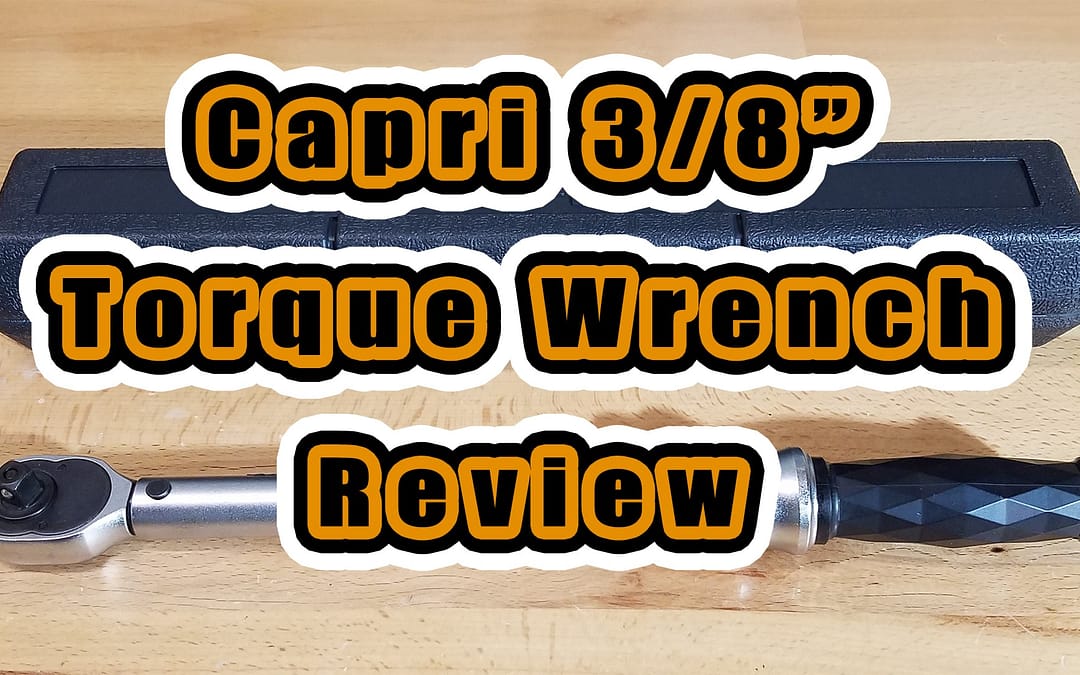Following procedures and specifications established by product manufacturers can make a world of difference between a professionally executed job and a potential major blunder. In the automotive DIY world, we build up experience working on a few makes and models of cars and sometimes let ego get in the way by universally applying that knowledge to ALL makes and models of cars. “I’ve done this a million times. I don’t need a service manual to tell me how to change a brake rotor”.
Over time, many DIY’ers gradually stray from recommended torque specifications in favor of internal torque gauges or “good enough” fastening techniques. Not taking the time to properly tighten a wheel’s lug nut can have disastrous, if not fatal, consequences. Conversely, over-tightening or unevenly tightening lug nuts may cause brake rotors to warp or damage wheel hubs. Why take the chance?
Admittedly, I’m just as guilty. I had an experience where I was changing the transmission fluid on a Toyota Corolla, and the torque specification for the drain bolt was a light 13 ft lbs. Becoming an “expert” after having worked on several Hondas, I committed a double blunder by relying on “good enough” then I reached for my torque wrench to double check, tightening the bolt to a Honda torque spec. of 25 ft lbs…only the bolt never reached 25 ft lbs. Uh, oh. Several wasted hours later, I had new threads tapped and a new drain bolt installed after I’d stripped the threads of the transmission pan’s drain bolt hole. 🙁
Torque wrenches are precision tools that take the guesswork out of tightening fasteners and provide a measure of safety and peace of mind. In my opinion, choosing the correct torque wrench for the job is important. For years, I used a 1/2″ torque wrench to do all my tightening, then I found that 1/4″ and 3/8″ torque wrenches were better suited to lighter and intermediate torque specs, respectively. They have a much better feel in these ranges than their comparatively brawny 1/2″ siblings, and they make accessibility to fasteners much easier. Using a 1/2″ torque wrench on an engine valve cover bolt meant to be tightened to between 7 and 10 ft lbs is overkill and can cause a unpleasant snap of a bolt head.
I just posted a review of this Capri Tools 3/8″ torque wrench I’ve used on several projects, including a recent engine replacement. It has some very nice features, and more importantly, it has maintained calibration after over a year of use. Check it out!
Capri 3/8″ (31101) Torque Wrench ► Check Amazon
Capri 1/4″ (31100) Torque Wrench ► Check Amazon

